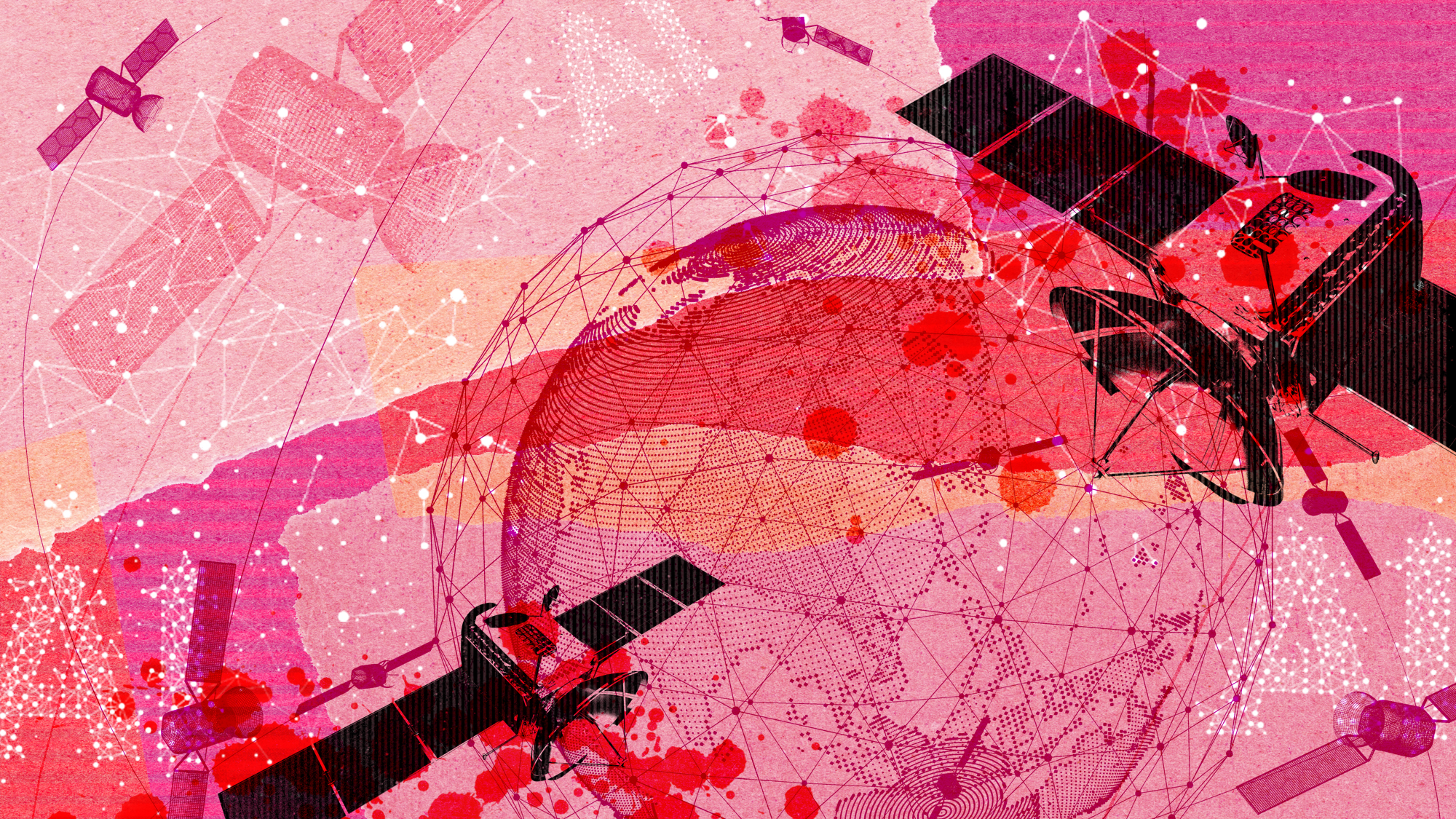Tech needs more flagrant ripoffs
Innovation isn't the only important thing

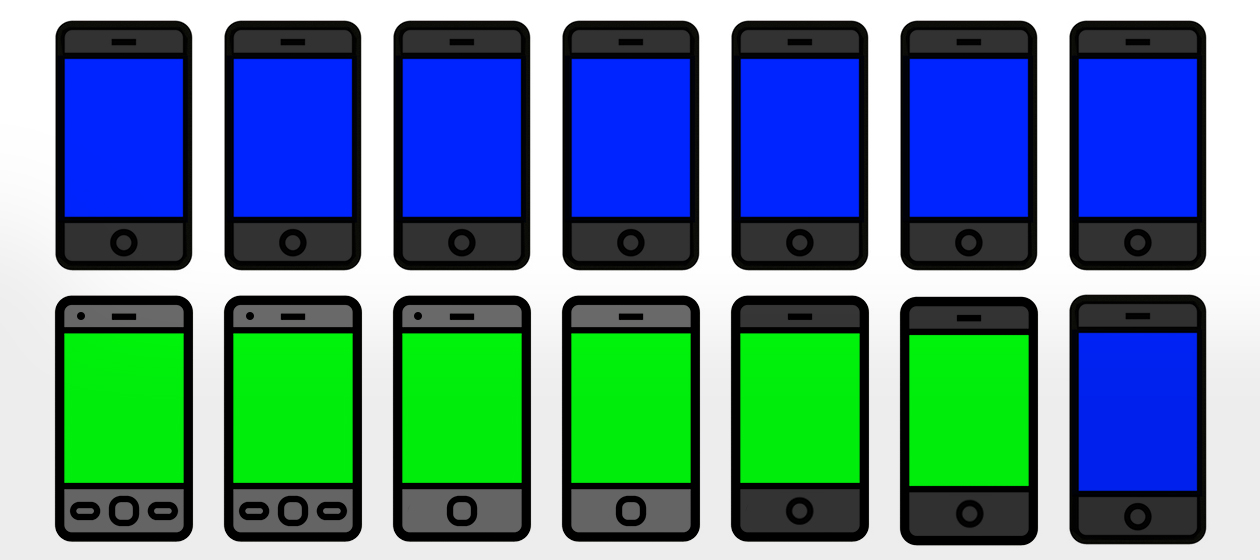
Every sector has its defining ethos. Banking's is efficiency; hospitality's is customer service; and tech's is innovation. From the cult surrounding figures like Steve Jobs and Elon Musk to the breathless coverage of every new trinket by the tech press, novelty and innovation are the driving forces of the digital economy.
But the fetish for innovation also carries with it an implied commandment: Thou shalt not copy. When creativity drives an industry, there is an assumed rule that copying others' ideas is bad.
It superficially makes sense: Focus on making new things, not aping others. But at this point in the evolution of tech, what we need is not less copying, but more. A lot more.
The Week
Escape your echo chamber. Get the facts behind the news, plus analysis from multiple perspectives.

Sign up for The Week's Free Newsletters
From our morning news briefing to a weekly Good News Newsletter, get the best of The Week delivered directly to your inbox.
From our morning news briefing to a weekly Good News Newsletter, get the best of The Week delivered directly to your inbox.
The technology industry isn't just creating gadgets. It's also creating culture — and culture thrives when people copy, remix, and rework.
The idea that copying is a cardinal sin is scripture among tech circles, from the endless chatter that Apple merely lifted from what came before to accusations of actual IP theft. Most recently, Samsung was ordered to pay Apple $539 million for violating patents related mostly to the design of Apple products. This most recent official judgment is part of a broader phenomenon in which Samsung has been accused for years of copying the iPhone. Although there are some obvious differences between a Samsung Galaxy and an iPhone, they are also remarkably similar overall.
We tend to object to simple copying for two basic reasons. Firstly, it feels like profit made without effort, running up against our culture's deep attachment to both creativity and an ethic of hard work. Secondly, we tend to assume a market is healthier when competitors are trying to out-innovate each other rather than trying to replicate each others' success. On balance, it would seem that Samsung's copying of Apple, and the broader similarity between Android and iOS, would thus be a net negative.
Yet, there are distinct upsides to having the world's smartphones be mostly uniform in design. They are almost universally rectangular slabs with rows of icons, a notification tray that pulls down from the top, and similar modes of interaction. That simple, common design has allowed what in truth is a radically new technology to be adopted worldwide at a historically unprecedented rate. Rather than competing ideas of what a smartphone should be, the basic commonality of all smartphone interfaces — down to the red notification circle on top of each icon — is the foundation on which people build expertise, apps, and all of the content on social media.
A free daily email with the biggest news stories of the day – and the best features from TheWeek.com
For Samsung's part, despite the enormous half-a-billion-dollar settlement, the company has actually gained far more than it lost. Samsung regularly makes more than a-billion-and-a-half dollars in profit per quarter from its smartphone sales. The patent payout, while hardly small, pales in comparison to the benefit Samsung reaped from quickly occupying the mental model of a smartphone that Apple first popularized. That isn't a moral judgment — the rightness or wrongness of the approach is a separate issue worth debating. But the practical effects seem clear.
Perhaps the more important point, however, is that things like smartphone interfaces aren't just product design in the normal sense of the term. The basic interaction model of the device owned and used by billions is more like a cultural form, or even a genre. It's part of a long list of technological change that created new forms of culture — everything from the letter, to the recorded song, to the cheap trade paperback.
It extends far beyond just hardware design. Writing in The Atlantic recently, Ian Bogost argued that the story — those small snippets of video overlaid with text or gifs common on social media — are a format native to the smartphone screen. Perhaps that's why then, despite the controversy, Instagram and Facebook were right to copy the format from Snapchat — not because they couldn't come up with a better idea, but because the story is a form that simply makes sense for how we experience digital social media. The adoption rate tends to back this up. Despite not having invented the format, Instagram already has 300 million daily active users of its stories feature, which is an astounding figure.
There is more at play than just the suitability of the story to the smartphone screen, however. As our social media feeds have gotten ever more crowded, companies have out of necessity shifted to algorithmic feeds, digitally sorted to show us what they think we want to see. But stories on social media force you to be a bit more selective in who you follow; after all, you can't watch all of them, so you have to pare back a bit. More than being native to the smartphone, they are also a cultural response to the experience of these services, fulfilling our need for ambient intimacy or connection while also cutting back on the excess and overload of the algorithmic feed.
To talk about copying in tech is thus often to conflate two different things, product features and cultural forms. For the former, it's true, copying is unimaginative, lazy, and more simply, a poor strategy. The slew of Android phone makers aping the iPhone X's notch for no discernible purpose or benefit seems a clear sign of this. Tech is littered with boring copycats who copy simply to latch themselves on to whatever is popular.
It is a mistake, however, to assume that all copying is bad. Instead, tech companies need to recognize cultural forms for what they are: the common ground through which we make meaning in our lives. And some technology fits just that definition, whether it's the smartphone interface, stories, or the status update.
When tech becomes culture, it is better to spread it widely and rapidly and see what people can create. To foster that creative spirit and originality, when one company comes up with a good idea, others should simply copy it.
Navneet Alang is a technology and culture writer based out of Toronto. His work has appeared in The Atlantic, New Republic, Globe and Mail, and Hazlitt.
-
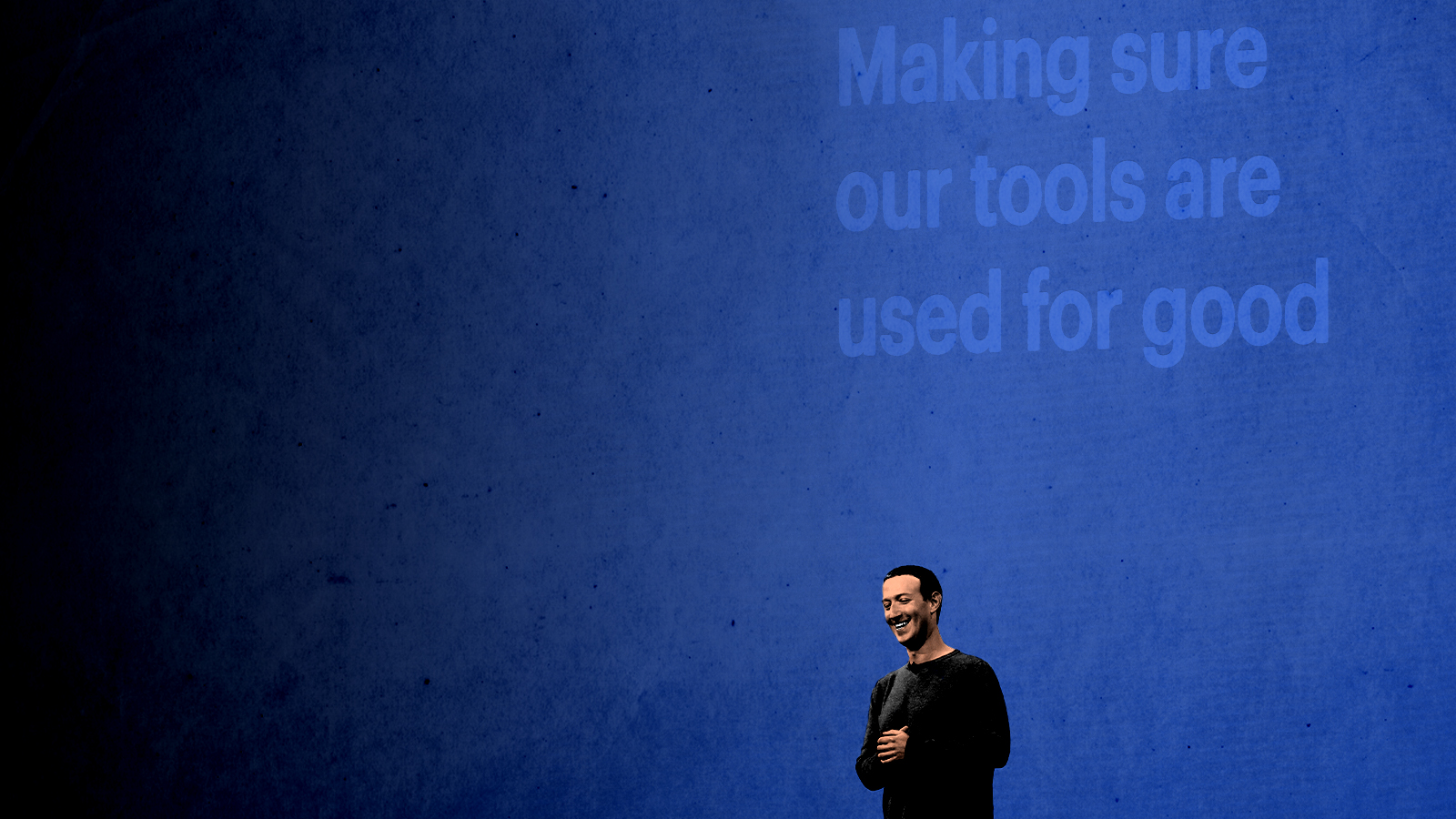 How do you solve a problem like Facebook?
How do you solve a problem like Facebook?The Explainer The social media giant is under intense scrutiny. But can it be reined in?
-
 Microsoft's big bid for Gen Z
Microsoft's big bid for Gen ZThe Explainer Why the software giant wants to buy TikTok
-
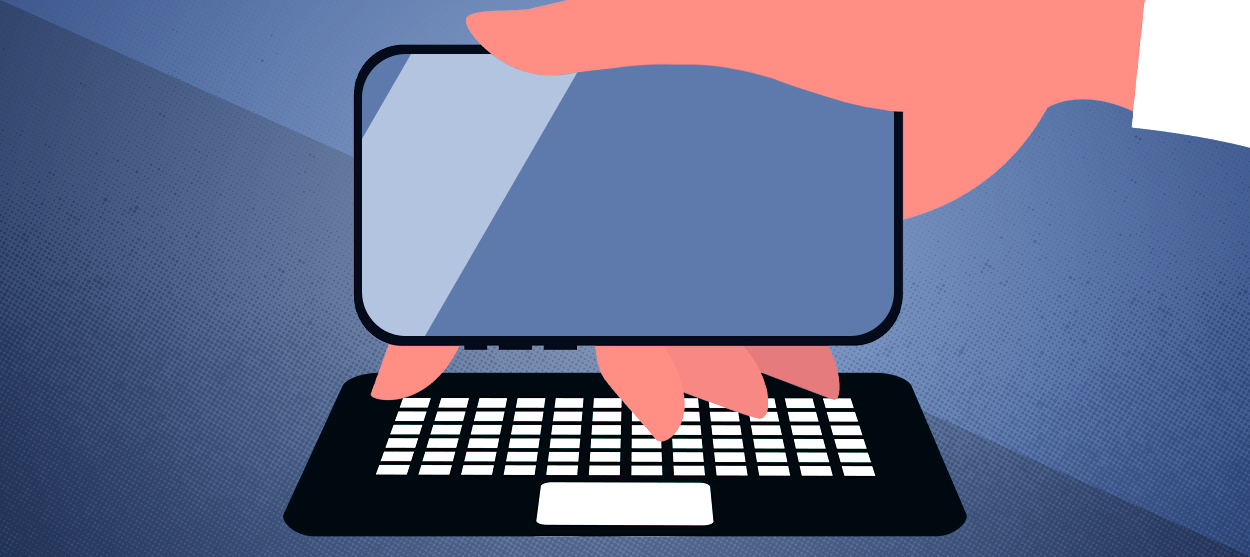 Apple is about to start making laptops a lot more like phones
Apple is about to start making laptops a lot more like phonesThe Explainer A whole new era in the world of Mac
-
Why are calendar apps so awful?
The Explainer Honestly it's a wonder we manage to schedule anything at all
-
 Tesla's stock price has skyrocketed. Is there a catch?
Tesla's stock price has skyrocketed. Is there a catch?The Explainer The oddball story behind the electric car company's rapid turnaround
-
 How robocalls became America's most prevalent crime
How robocalls became America's most prevalent crimeThe Explainer Today, half of all phone calls are automated scams. Here's everything you need to know.
-
 Google's uncertain future
Google's uncertain futureThe Explainer As Larry Page and Sergey Brin officially step down, the company is at a crossroads
-
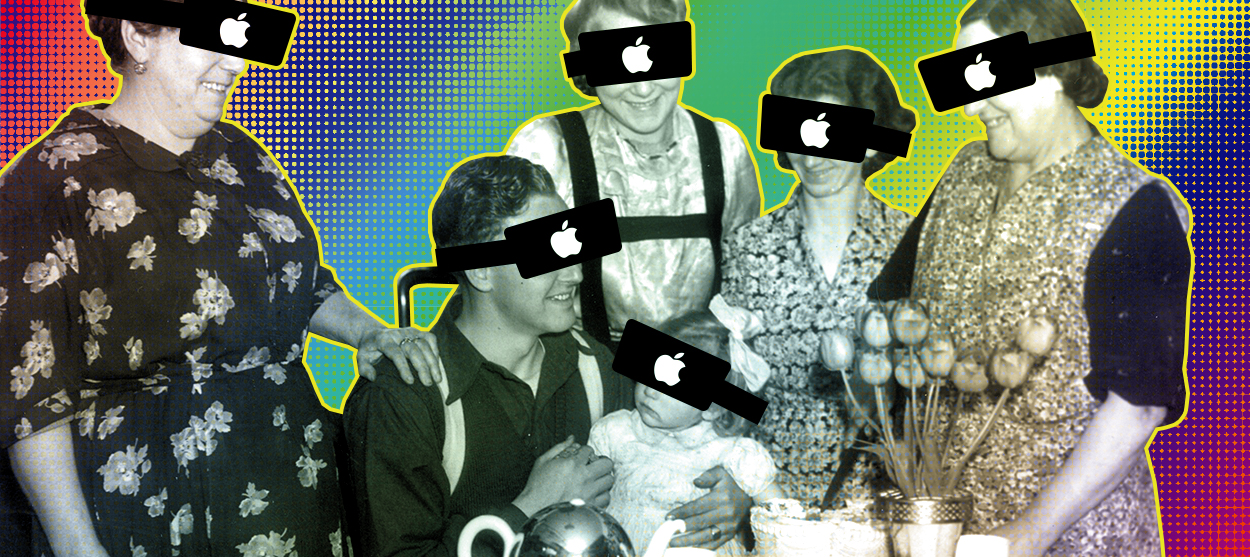 Can Apple make VR mainstream?
Can Apple make VR mainstream?The Explainer What to think of the company's foray into augmented reality

